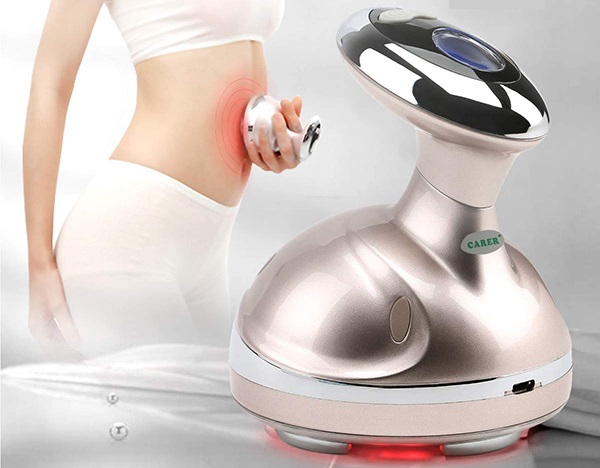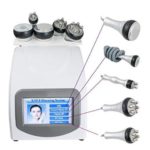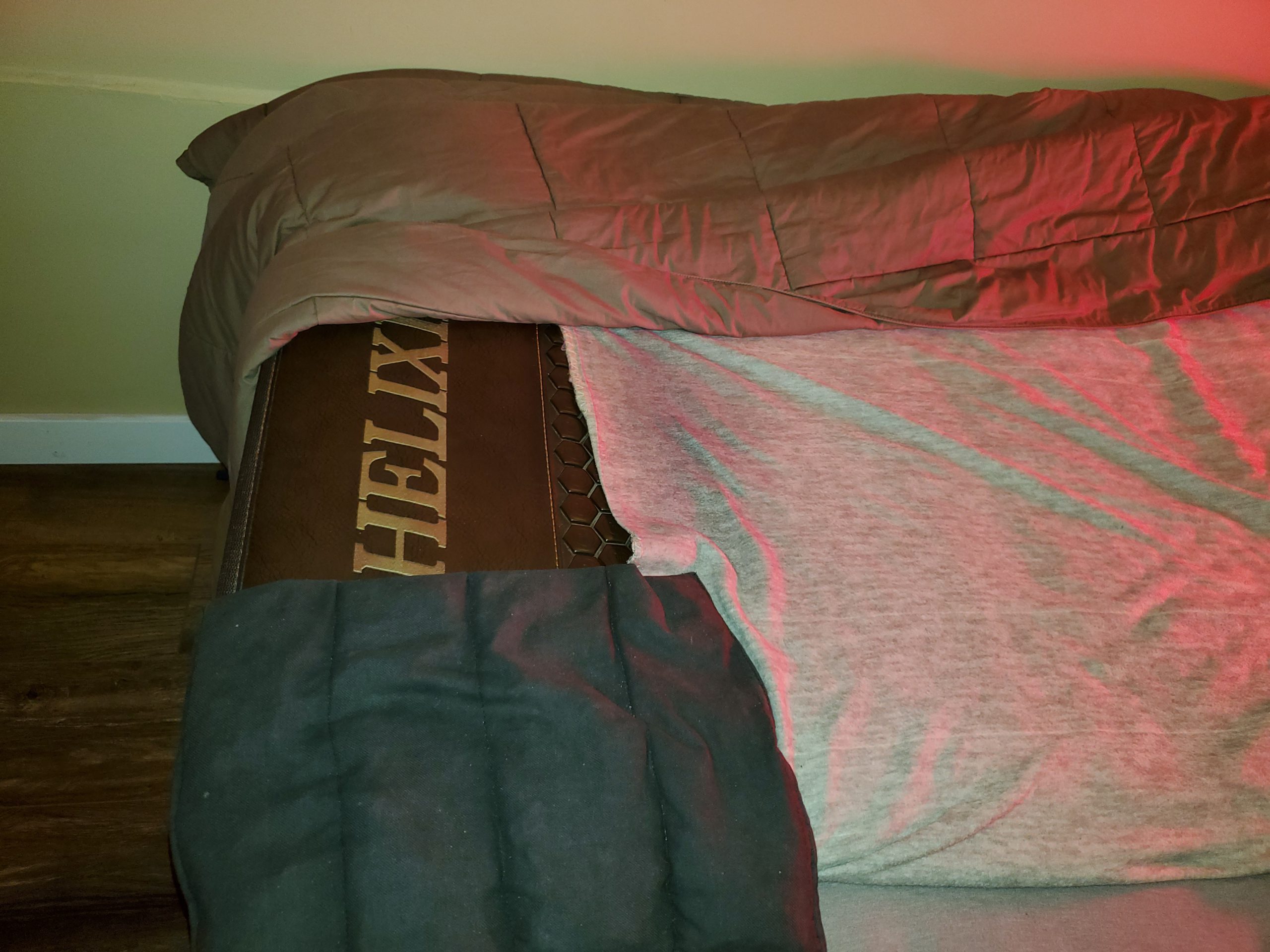If you are looking to get salon-quality cavitation treatments at home, you might be wondering how often you can safely do them. Cavitation treatments are an increasingly popular way to reduce fat and cellulite, but it can be difficult to know the right frequency at which to perform these treatments. In this article, we will explore the potential risks and benefits of cavitation treatments at home, and answer the question: How often can you do cavitation at home?

Contents
How Often Can You Do Cavitation at Home?
What is Cavitation?
Cavitation is a non-invasive cosmetic procedure used to reduce fat deposits and cellulite in certain areas of the body. It works by using low-frequency sound waves to create a vacuum effect in the targeted area, which causes the fat cells to break down and be removed from the body. Cavitation is often used in combination with other body-contouring treatments, such as cryolipolysis and radiofrequency (RF).
Cavitation is a relatively safe and effective treatment that can provide noticeable results after just one session. While it is not a weight loss procedure, it can help to contour the body, reduce the appearance of cellulite, and improve the overall shape of the body.
How Often Can You Do Cavitation at Home?
Cavitation can be done at home, but it is important to note that it is not as effective as professional treatments. The best way to ensure that you get the most out of your cavitation treatment is to have it done by a trained and certified professional.
Home cavitation devices are available, but they are not as powerful as professional devices, and they may not be able to penetrate as deep as a professional device. Additionally, home cavitation devices may not provide the same results as a professional treatment.
That being said, cavitation at home can be done if you follow the instructions provided by the device manufacturer. It is important to remember to follow all of the safety precautions and to stop immediately if you experience any pain or discomfort.
How to Prepare for Cavitation at Home
Before you begin your cavitation treatment at home, it is important to prepare your skin. You should cleanse the area that you plan to treat with a gentle cleanser and warm water. It is also important to exfoliate the area before your treatment, as this will help remove any dead skin cells and improve the effectiveness of the treatment.
You should also make sure that you are well-hydrated before beginning your cavitation treatment. Hydration is important because it helps to plump the skin and reduce the appearance of cellulite.
What to Expect During Cavitation Treatment
During your cavitation treatment, you may experience some discomfort as the sound waves penetrate your skin. The intensity of the sound waves can be adjusted to ensure that you are not in any pain during your session.
Once the treatment is complete, you may experience some redness and swelling in the treated area. This is normal and should subside within a few hours.
How Often Should Cavitation be Done?
Cavitation can be done as often as once a week, depending on the severity of your cellulite or fat deposits. Generally, it is recommended that you wait at least two weeks between treatments.
What to Expect After Cavitation Treatment
Once your cavitation treatment is complete, you should begin to see results within a few weeks. You may notice that your cellulite or fat deposits have reduced in size and that your skin appears smoother and more toned.
Maintenance After Cavitation Treatment
Once you have completed your cavitation treatment, it is important to maintain your results. You should maintain a healthy diet and exercise regularly to ensure that your results last as long as possible.
It is also important to protect your skin from the sun, as exposure to UV rays can cause your skin to age prematurely. You should also wear sunscreen on a daily basis to protect your skin from the sun’s harmful rays.
Few Frequently Asked Questions
What is Cavitation?
Cavitation is a form of non-invasive medical treatment, also known as “ultrasound cavitation”, that is used to reduce fat and cellulite. It works by using high intensity ultrasound waves to break down fat cells, which are then naturally eliminated from the body. Cavitation has also been used to treat stubborn cellulite, reduce body fat, and improve skin elasticity.
How Does Cavitation Work?
Cavitation works by using sound waves to produce a high-intensity pulse that generates tiny bubbles of air in the fat cells. The pressure from the bubbles causes the fat cells to rupture and release their fat, which is then eliminated from the body through the lymphatic system. This process also stimulates collagen production, which helps to improve skin elasticity and improve the skin’s overall appearance.
What are the Benefits of Cavitation?
The primary benefit of cavitation is that it can help to reduce body fat, including stubborn fat in areas such as the abdomen, thighs, and arms. Cavitation can also be used to reduce cellulite, improve skin elasticity, and reduce the appearance of wrinkles. Additionally, since it is a non-invasive procedure, it has minimal risks and side effects.
How Often Can You Do Cavitation at Home?
Cavitation is a medical procedure and should only be done by a qualified professional. At-home cavitation is not recommended, and there are no over-the-counter products available to perform cavitation. However, there are some at-home treatments that can help to reduce fat, such as massage, exercise, and healthy eating.
Are There Any Risks or Side Effects?
Cavitation is a non-invasive procedure with minimal risks and side effects. However, there is a risk of skin irritation and soreness in the treated area. Additionally, there is also a risk of bruising or swelling in the area. If you experience any of these side effects, you should contact your doctor.
Are There Any Precautions I Should Take?
Yes, there are some precautions you should take before and after cavitation treatment. It is important to stay hydrated and avoid alcohol, caffeine, and smoking before and after the treatment. Additionally, you should avoid using lotions, creams, or perfumes on the area of treatment. Finally, it is important to follow your doctor’s instructions carefully and take all necessary precautions to ensure the best possible results.
Cavitation 101 | How to get the BEST RESULTS from cavitation
In conclusion, cavitation is a great way to treat your skin at home, but it’s important to remember to use it responsibly. Use it no more than once a week, and always make sure to follow the directions carefully. With the right technique and care, you can experience beautiful and smoother skin in the comfort of your own home.









